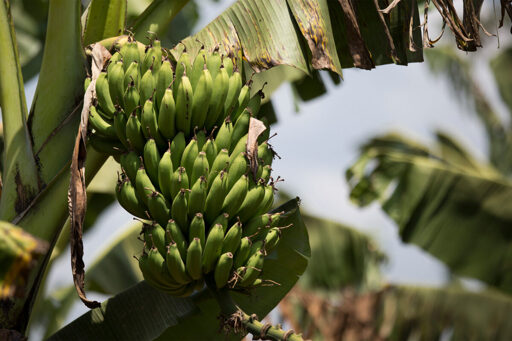- In the stratosphere, ozone acts as a protective layer. But in the troposphere, at ground level, this colorless gas is incredibly harmful to human health and the environment in ways scientists are still working to fully understand. The problem exists worldwide, but may become especially bad in tropical nations this century.
- Ground-level ozone is a major air pollutant that shortens human lives and kills thousands each year, resulting in major economic impacts. It is formed when methane, nitrogen oxides and volatile organic compounds (released from vehicles, industry, power plants and crops) react in the presence of sunlight.
- Climate change worsens tropospheric ozone, with higher temperatures accelerating the chemical reaction that creates it, and because stalled weather systems (especially heat domes) allow buildup of ozone in stagnant polluted air. Ozone pollution not only impacts urban area, but also rural agricultural areas.
- Ozone impacts on biodiversity are significant and growing — harming pollinators, reducing crop yields and limiting forest growth, with global implications for food security and humanity’s reliance on forests as carbon sinks. Effectively tackling climate change and reducing ozone precursors are major solutions.
You must log in or register to comment.


